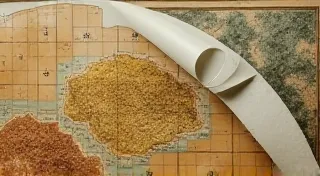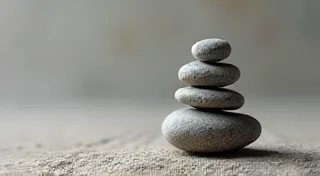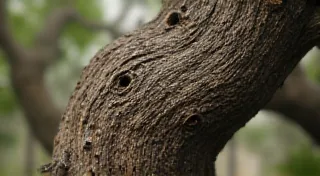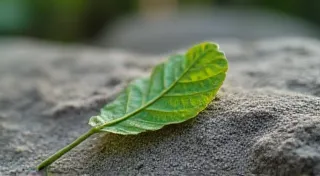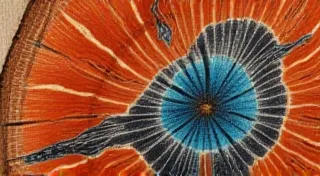Vestiges of the Past: Penknives as Relics of Forgotten Trades
There's a certain melancholy beauty in holding an antique penknife. It's not just a tool; it’s a conduit. A tangible link to a past where hands were the primary engine of creation, where resourcefulness wasn't a virtue, but a necessity. I remember finding my grandfather’s penknife tucked away in a dusty toolbox. The bone handle was worn smooth by years of use, the blade slightly pitted with age, but undeniably sharp. It wasn’t a fancy knife; it was a worker’s knife, a tool for countless small tasks, a constant companion. That single object sparked a fascination, a longing to understand the hands that once held it and the world they built.
The history of penknives is inextricably woven with the history of trades. Before the advent of mass production and specialized machinery, a single, versatile tool like the penknife served as a crucial implement for a vast array of crafts. Think of the shipwright, mending sails and shaping wooden components; the farmer, repairing fences and carving tool handles; the cooper, constructing barrels and buckets; the toymaker, crafting delicate wooden figures. Each profession relied on the humble penknife, making it an essential part of their daily lives. These weren't just tradesmen; they were artisans, masters of their craft, and their tools were extensions of their skill.
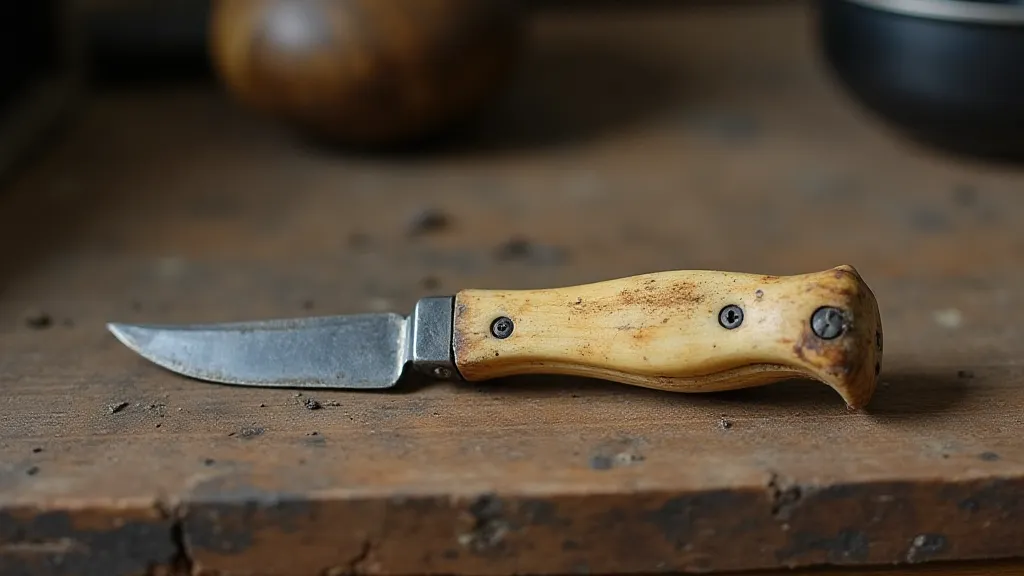
The Rise and Fall of Traditional Trades
The 18th and 19th centuries saw a flourishing of these trades, fueled by a burgeoning population and a demand for handcrafted goods. Penknives, often passed down through generations, became symbols of family legacy and hard-earned skill. But the Industrial Revolution, with its promise of efficiency and mass-produced alternatives, gradually eroded the foundation of these traditional livelihoods. The shift to factories meant fewer hands were needed for skilled labor, and the cost of machine-made products often undercut the prices of handcrafted items. The art of carving, the skill of the cooper, the expertise of the toymaker – all faced a slow and steady decline.
Many of these skills weren’t lost entirely, but they were marginalized, relegated to the realm of hobbyists and folk art. The penknives themselves, once vital tools, often ended up stored away in attics and basements, relics of a forgotten era. They became more than just tools; they became poignant reminders of a way of life that was slipping away. These weren’t simply discarded items; they were silent witnesses to a profound societal transformation.
Penknives and Folk Art: A Survival Story
It's during this period of decline that the connection between penknives and folk art became particularly strong. As commercial toys and manufactured goods became readily available, toymakers and carvers often turned to simpler forms, utilizing readily available materials and relying on the familiar tools at hand – the penknife being chief among them. This resulted in a unique style of folk art carving, characterized by its rustic charm and its often whimsical representation of everyday life. Think of the whimsical wooden animals, the intricately carved buttons, the simple but expressive figures – all brought to life with a single, humble blade.
This wasn’s about seeking perfection. It was about resourcefulness, about making something beautiful and functional from what was available. It was a testament to the enduring human need to create, even in the face of economic hardship. These carvings weren't intended for grand museums or wealthy collectors; they were made for the joy of making, for the pleasure of giving, for the simple act of connecting with a tradition.

The Resurgence of Traditional Skills
Thankfully, the story doesn't end in obsolescence. In recent decades, there's been a growing appreciation for traditional skills and handcrafted goods. People are seeking authenticity, wanting to reconnect with a sense of craft and purpose. Wood carving, penknife whittling in particular, has experienced a significant resurgence. This isn't just about nostalgia; it's about recognizing the value of human ingenuity and the inherent beauty of a hand-made object.
Today, penknife whittling is enjoyed by people of all ages and backgrounds. Online communities share patterns, offer demonstrations, and celebrate the joy of creating something tangible. It’s a way to slow down, to focus on the present moment, and to connect with a tradition that stretches back centuries. The skills passed down through generations are being rediscovered and revitalized.
Collecting and Caring for Antique Penknives
For those drawn to the history and craftsmanship of antique penknives, collecting can be a rewarding pursuit. Finding these relics can be a treasure hunt, requiring patience and a keen eye for detail. Antique markets, estate sales, and online auctions are good starting points. But beyond the acquisition, comes the responsibility of preservation.
Careful cleaning with appropriate oils can help to maintain the blade’s sharpness and prevent rust. Gentle handling and proper storage are essential to prevent damage to the bone or horn handles. The inherent value isn’t always about monetary worth; it’s about preserving a piece of history, a link to the hands that once wielded them. Understanding the tool’s history – the maker’s mark (if present), the style of handle, the type of steel – adds another layer of appreciation.
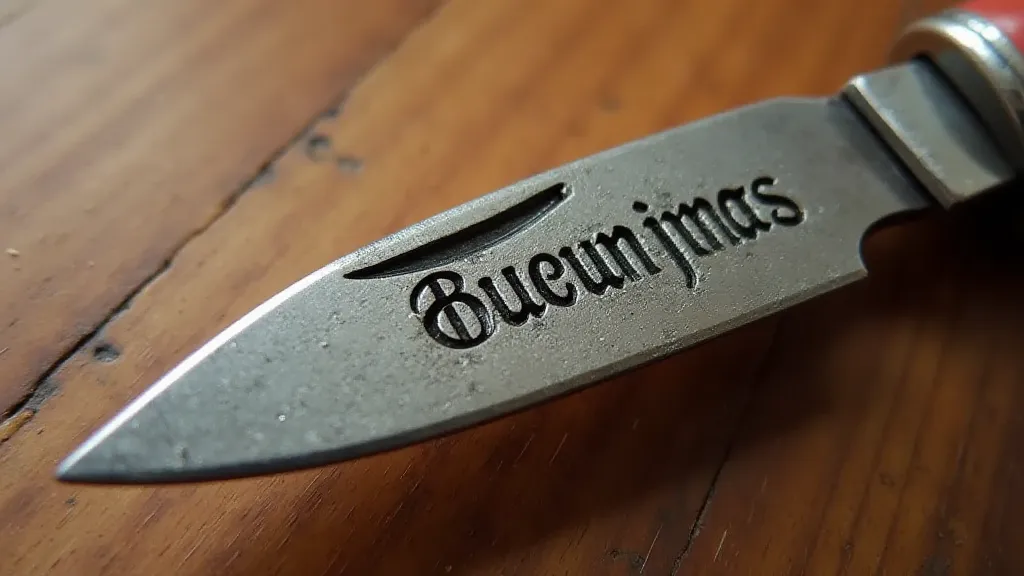
The humble penknife, once a cornerstone of countless trades, continues to hold a special place in our cultural heritage. It's a reminder that even the simplest tools can tell powerful stories, stories of skill, resilience, and the enduring human desire to create. Holding one of these antique blades, feeling the weight and texture, you’re not just holding a tool; you’re holding a piece of the past, a tangible connection to a world built by hand.
